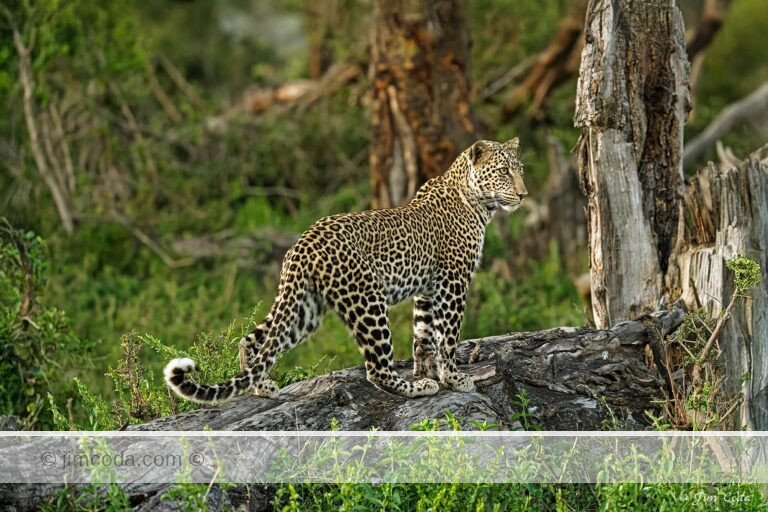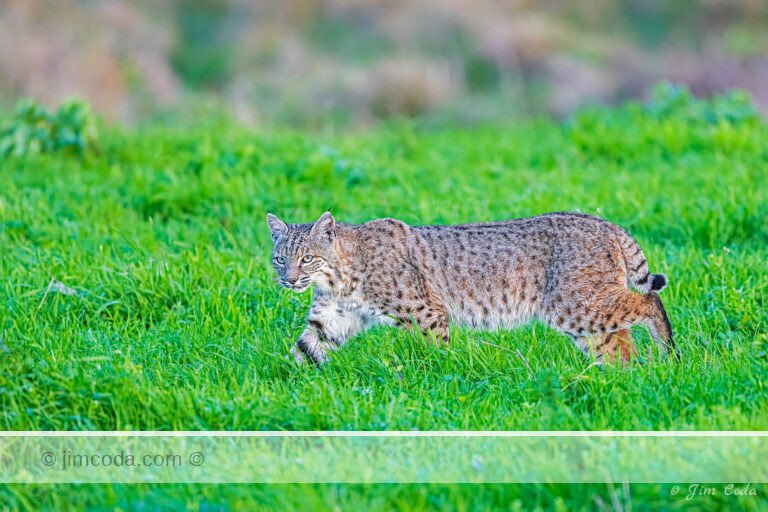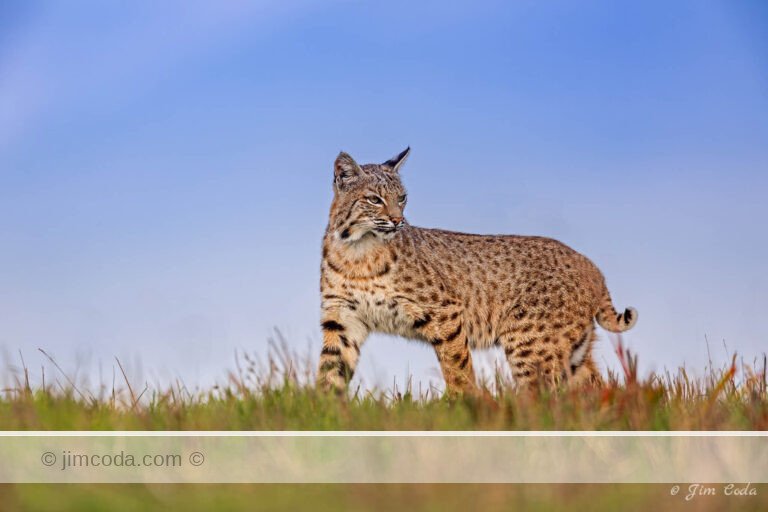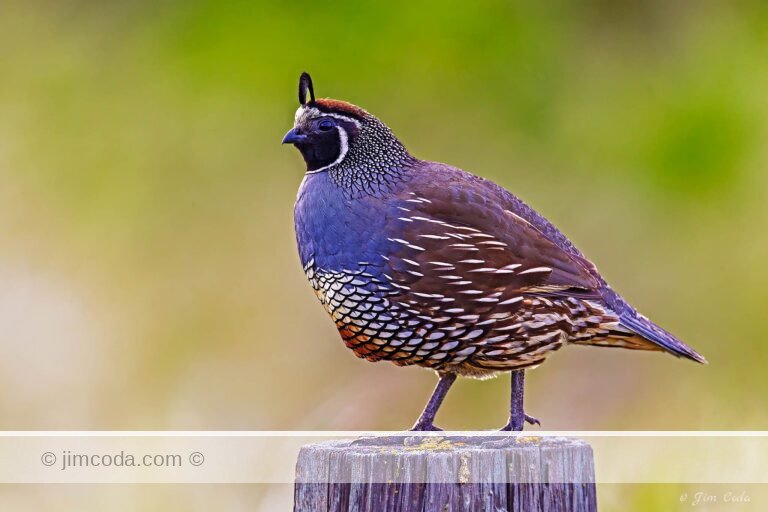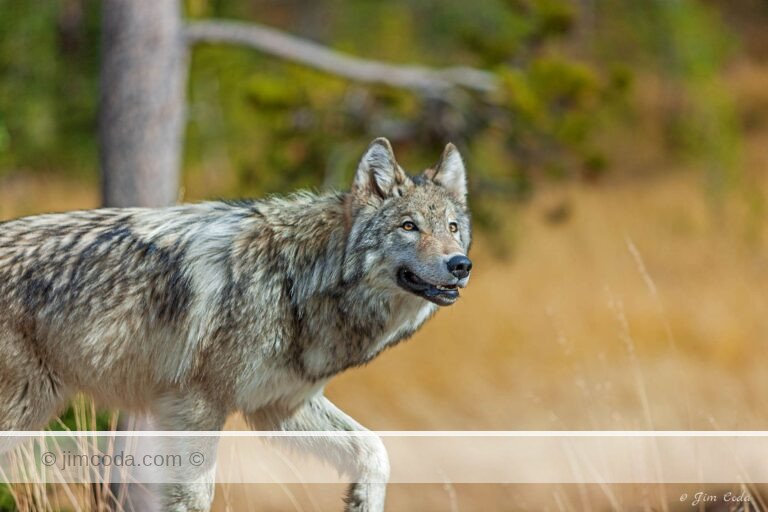Tag: baling twine
Dangerous to Wildlife
A few days ago I wrote about the dangers of baling twine to ospreys. This is what...
Osprey Nest Comprised Mostly of Baling Twine
As I was driving home after my visit to Yellowstone and...
Injured Bull Tule Elk, Point Reyes National Seashore
I wrote this post at the same time as the previous...
Tule Elk Bull, Limantour Herd; Point Reyes National Seashore
This 7-point bull is the largest I’ve...
No articles found
Prints for sale
Browse my selection of photos for sale as fine art prints
Filter by category
Sorry, no prints in this category

